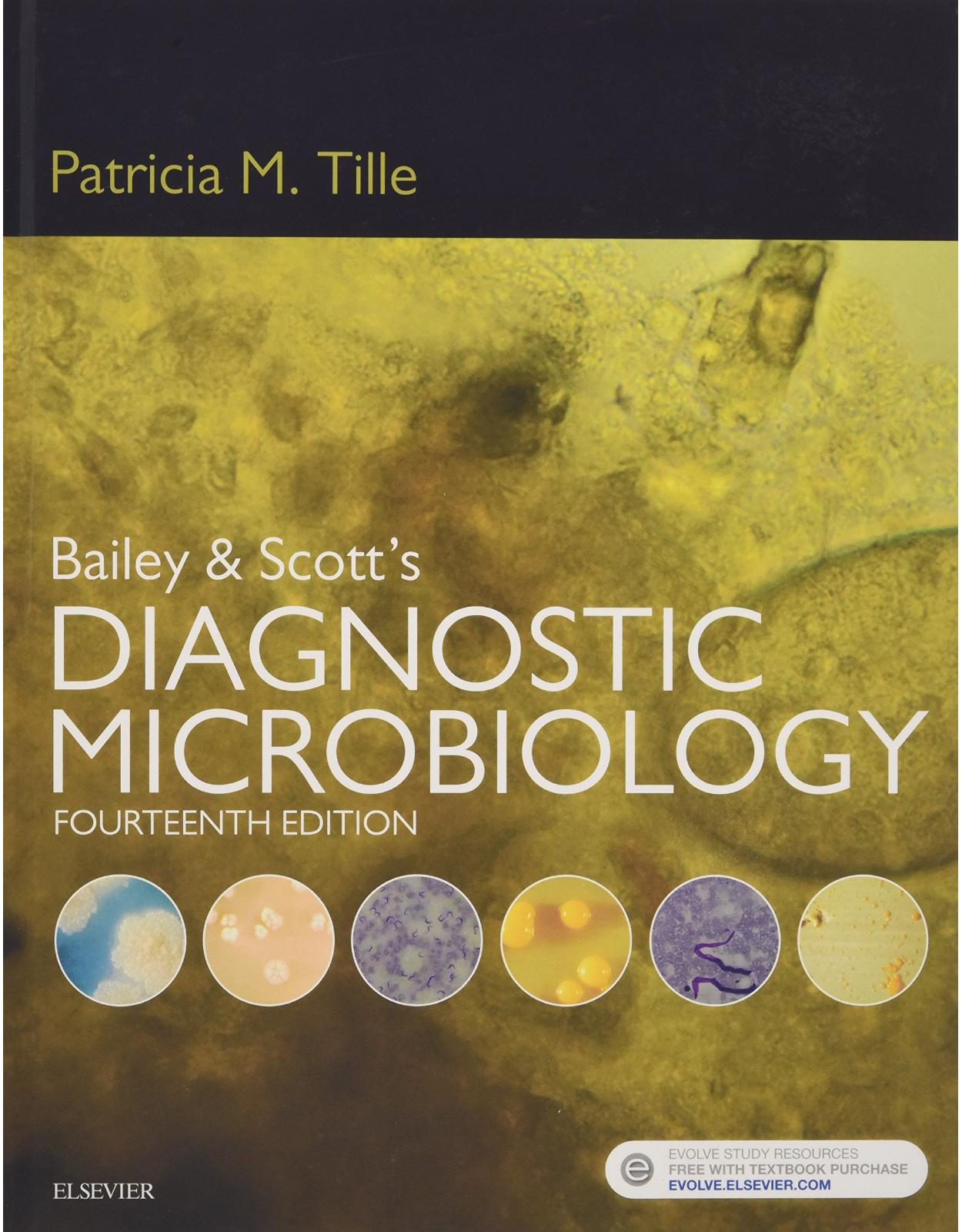
Bailey & Scott's Diagnostic Microbiology, 14e
Produs indisponibil momentan. Pentru comenzi va rugam trimiteti mail la adresa depozit2@prior.ro sau contactati-ne la numarul de telefon 021 210 89 28 Vedeti mai jos alte produse similare disponibile.
Disponibilitate: Acest produs nu este momentan in stoc
Autor: Patricia Tille
Editura: Elsevier
Limba: Engleza
Nr. pagini: 1136
Coperta: Hardback
Dimensiuni: 22.2 x 5.1 x 29.2 cm
An aparitie: 2017
|
Description: Perfect your lab skills with the gold standard in microbiology! Serving as both the #1 bench reference for practicing microbiologists and as a favorite text for students in clinical laboratory science programs, Bailey & Scott’s Diagnostic Microbiology, 14th Edition covers all the topical information and critical thinking practice you need for effective laboratory testing. This new edition also features hundreds step-by-step procedures, updated visuals, new case studies, and new material on the latest trends and equipment in clinical microbiology – including automation, automated streaking, MALDI-TOF, and incubator microscopes. It’s everything you need to get quality lab results in class and in clinical practice! |
||
|
Features: |
||
|
More than 800 detailed, full-color illustrations aid comprehension and help in visualizing concepts. Expanded sections on parasitology, mycology, and virology eliminate the need to purchase separate books on this material. General and Species boxes in the organism chapters highlight the important topics that will be discussed in the chapter. Case studies provide the opportunity to apply information to a variety of diagnostic scenarios, and help improve decision-making and critical thinking skills. Hands-on procedures include step-by-step instructions, full-color photos, and expected results. A glossary of terms is found at the back of the book for quick reference. Learning objectives begin each chapter, offering a measurable outcome to achieve by the completing the material. Learning resources on the Evolve companion website enhance learning with review questions and procedures. |
||
|
New To This Edition: |
||
|
NEW! Coverage of automation, automated streaking, MALDI-TOF, and incubator microscopes keeps you in the know on these progressing topics. NEW! Updated images provide a more vivid look into book content and reflect the latest procedures. NEW! Thoroughly reviewed and updated chapters equip you with the most current information. NEW! Significant lab manual improvements provide an excellent learning resource at no extra cost. NEW! 10 extra case studies on the Evolve companion website offer more opportunities to improve critical thinking skills. |
||
|
Table Of Contents: |
||
|
Part I: Basic Medical Microbiology Part II: General Principles in Clinical Microbiology Part III: Bacteriology Part IV: Parasitology Part V: Mycology Part VI: Virology Part VII: Diagnosis by Organ System Part VIII: Clinical Laboratory Management Glossary |
||
| An aparitie | 2017 |
| Autor | Patricia Tille |
| Dimensiuni | 22.2 x 5.1 x 29.2 cm |
| Editura | Elsevier |
| Format | Hardback |
| ISBN | 9780323354820 |
| Limba | Engleza |
| Nr pag | 1136 |

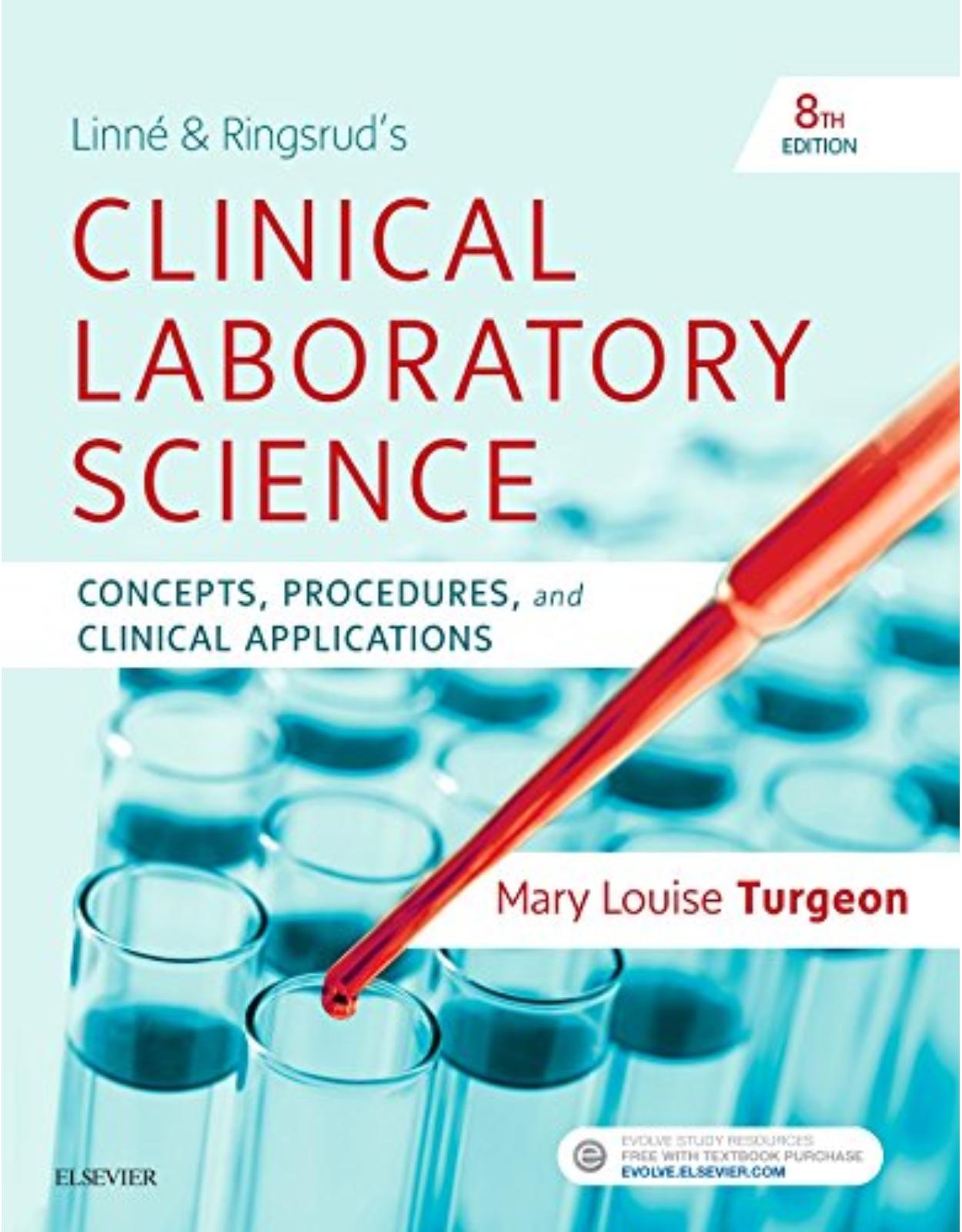
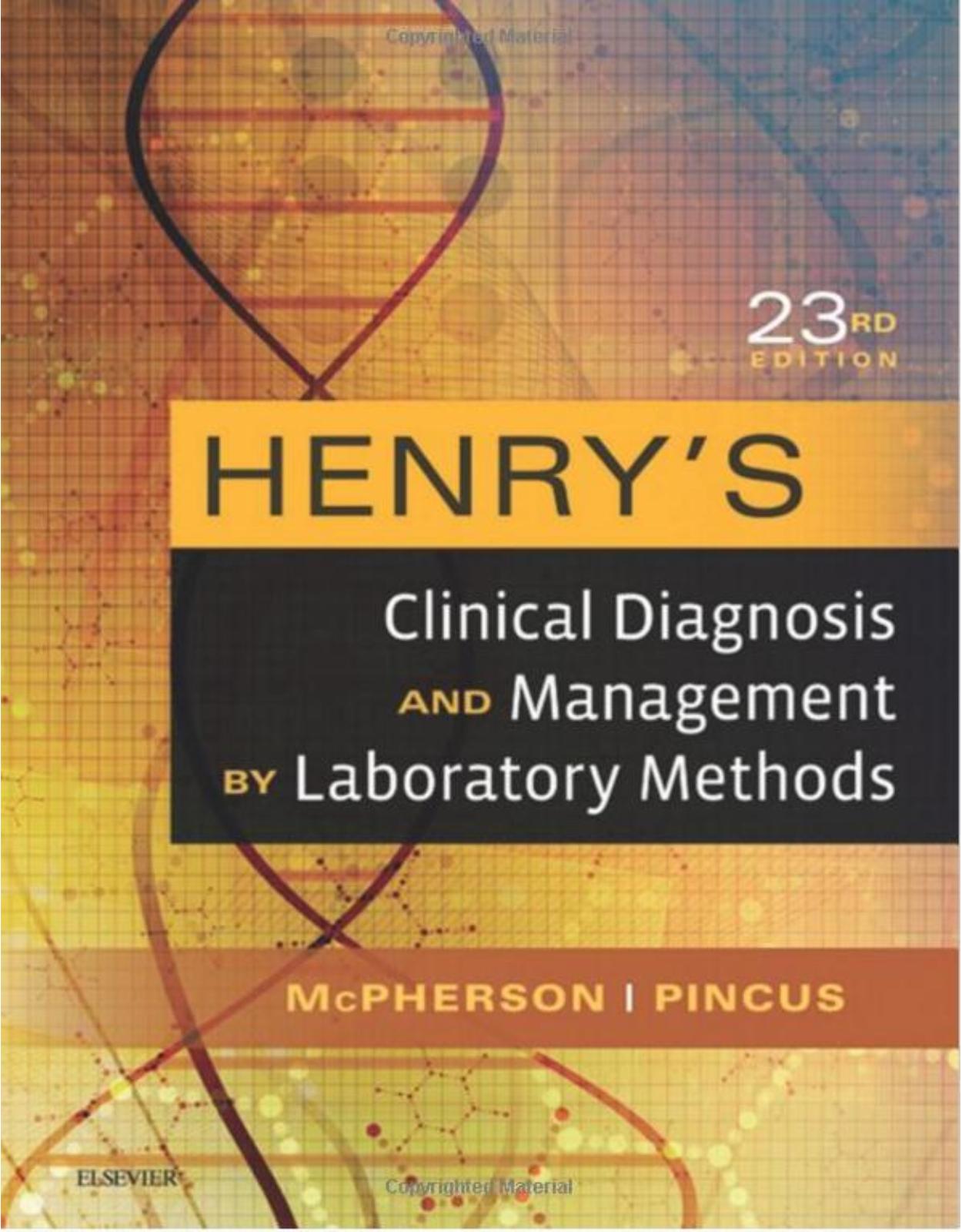
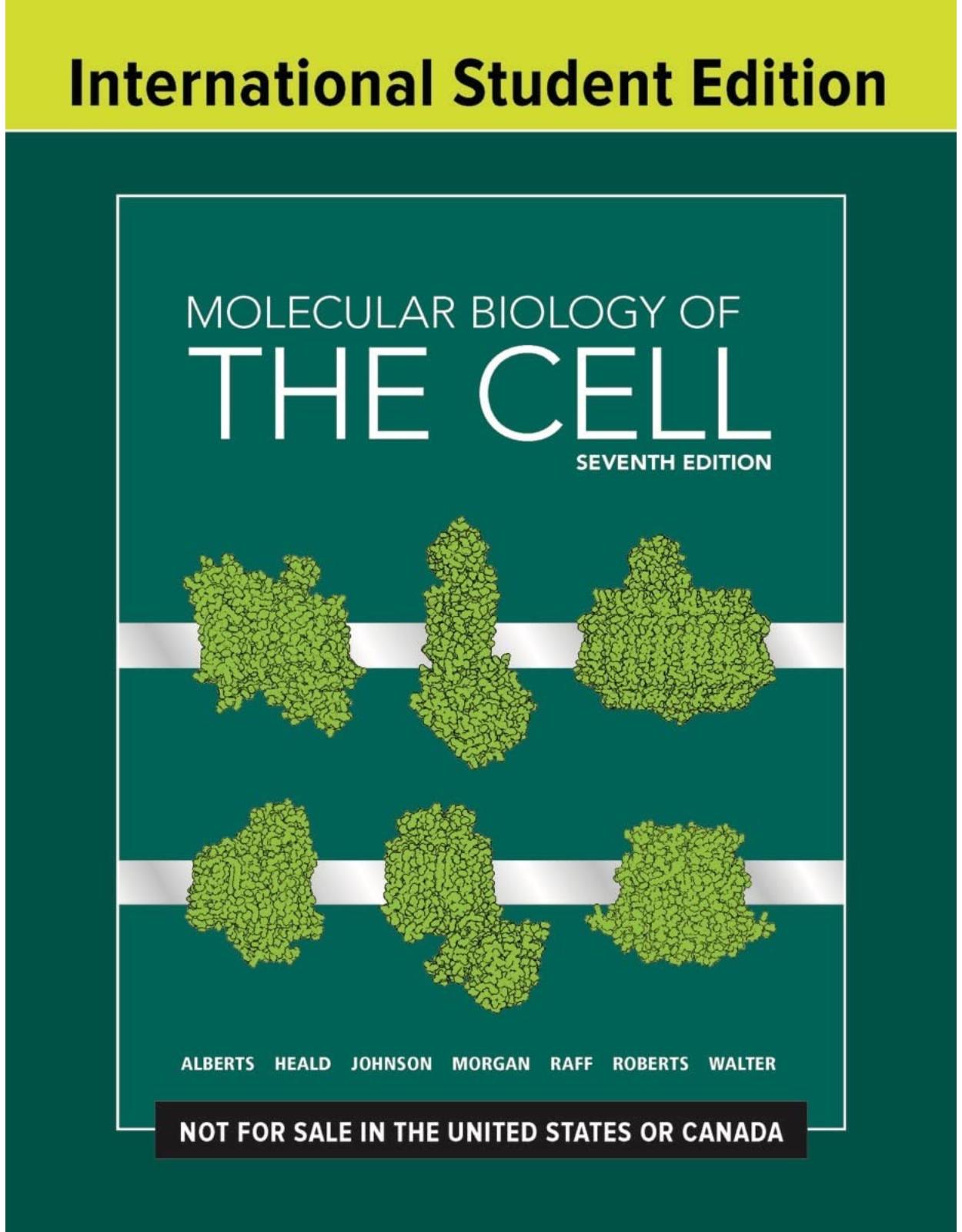
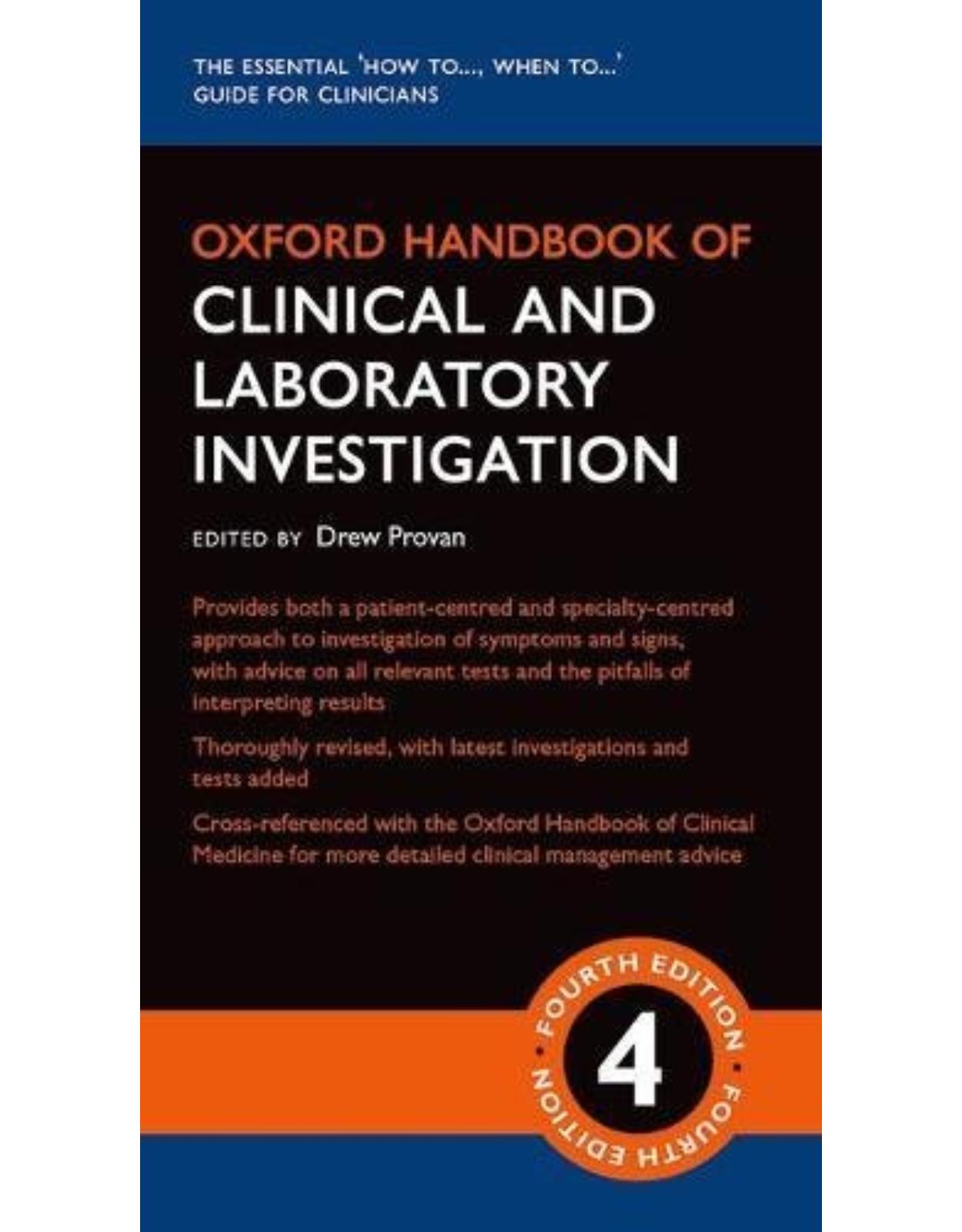
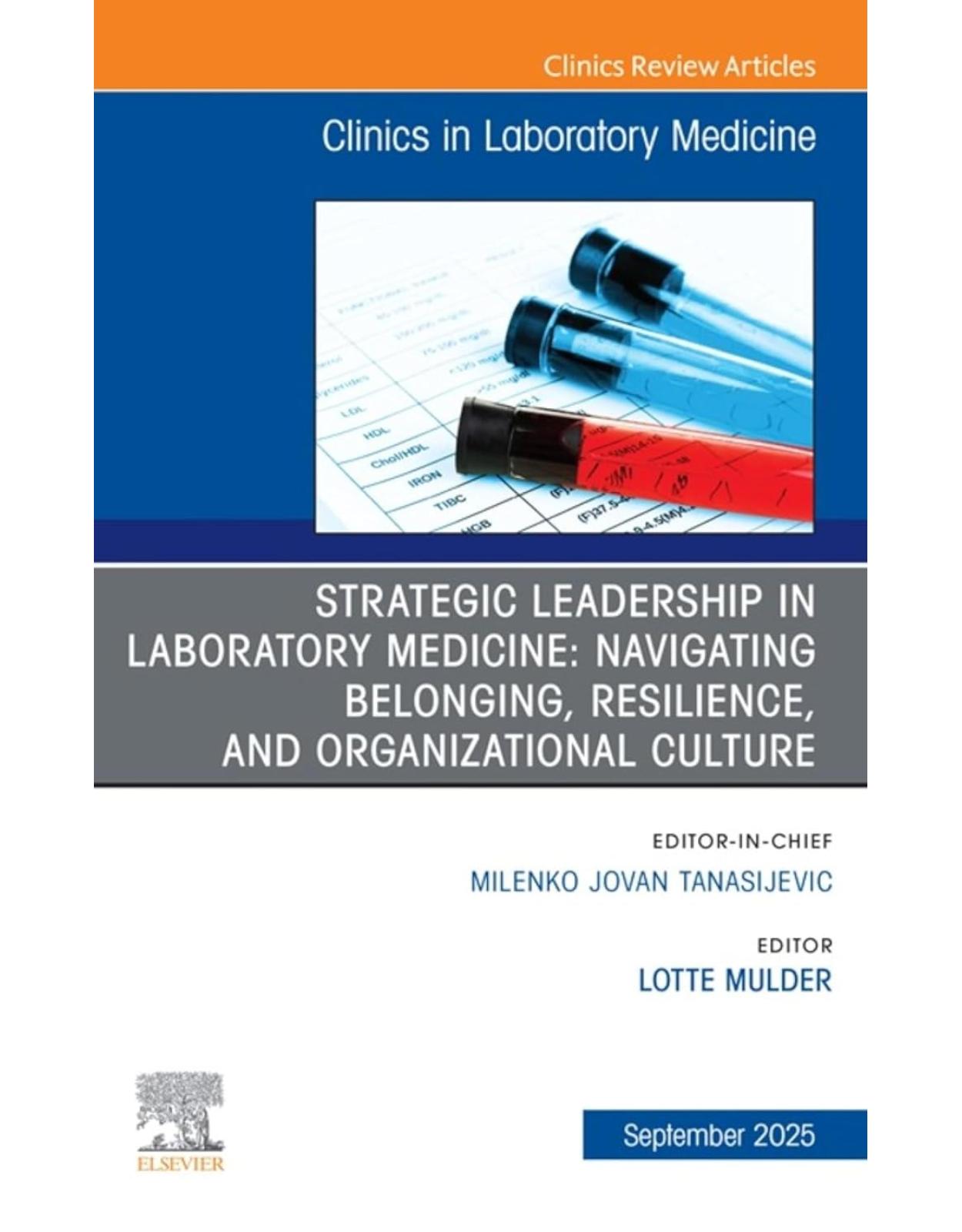
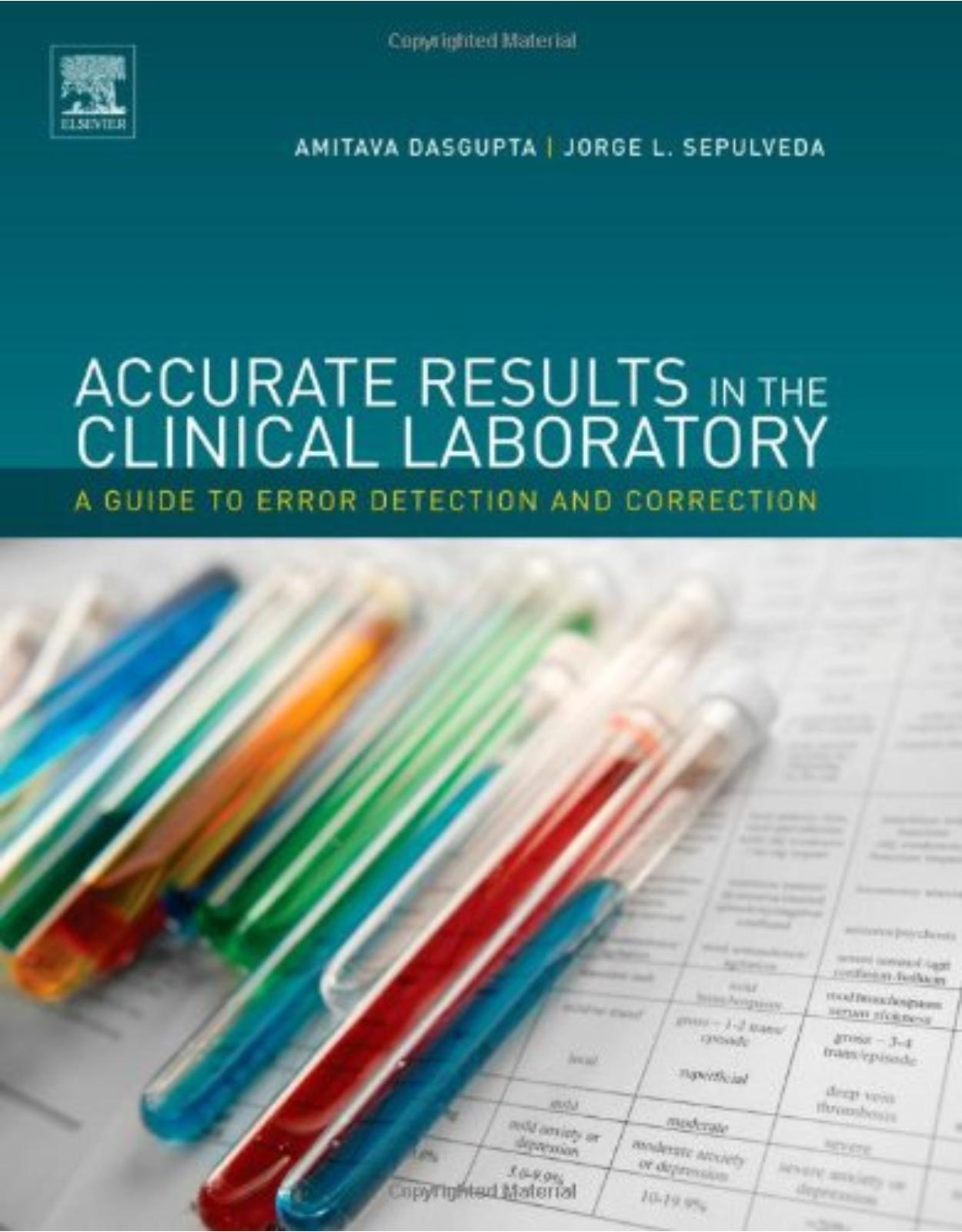
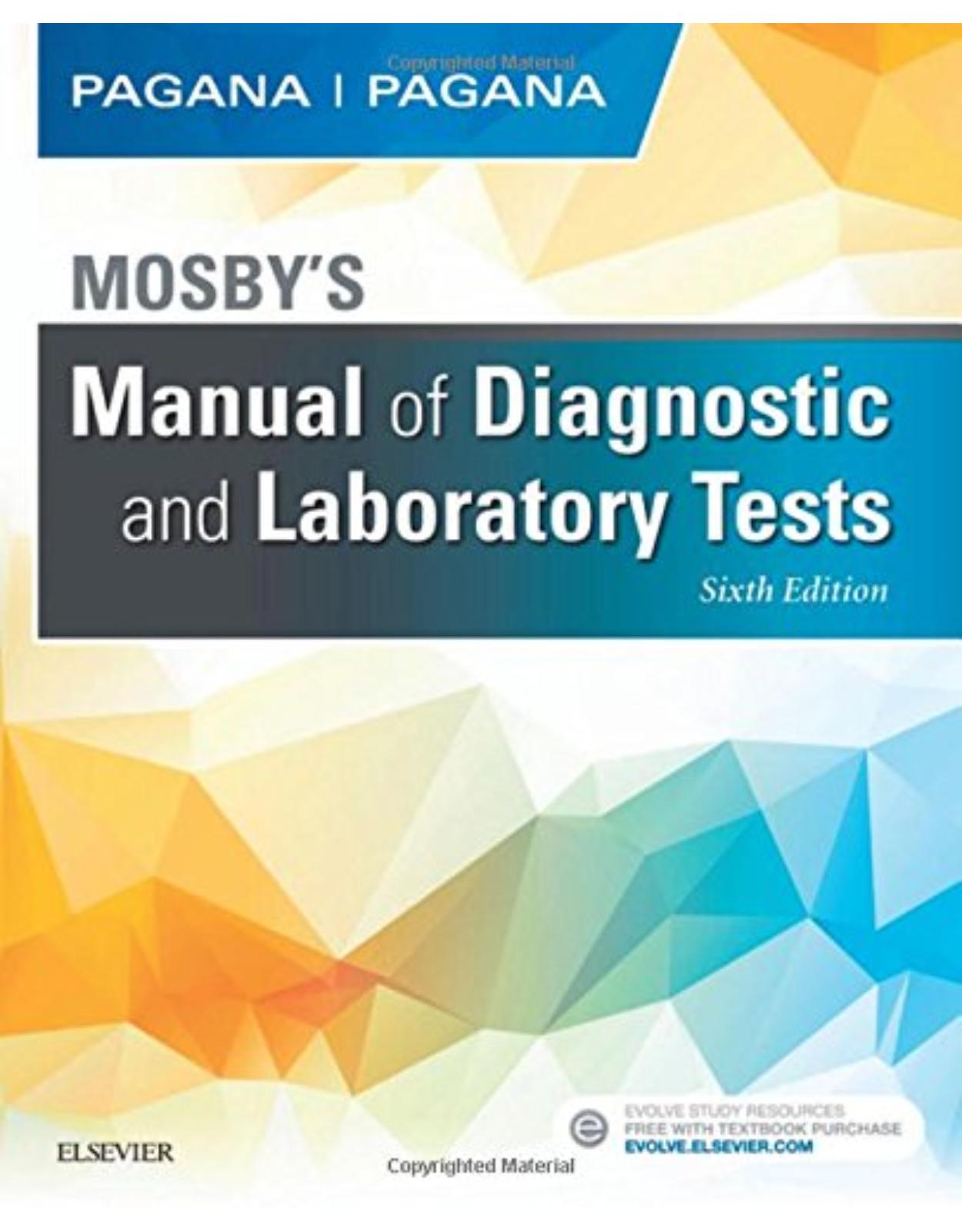
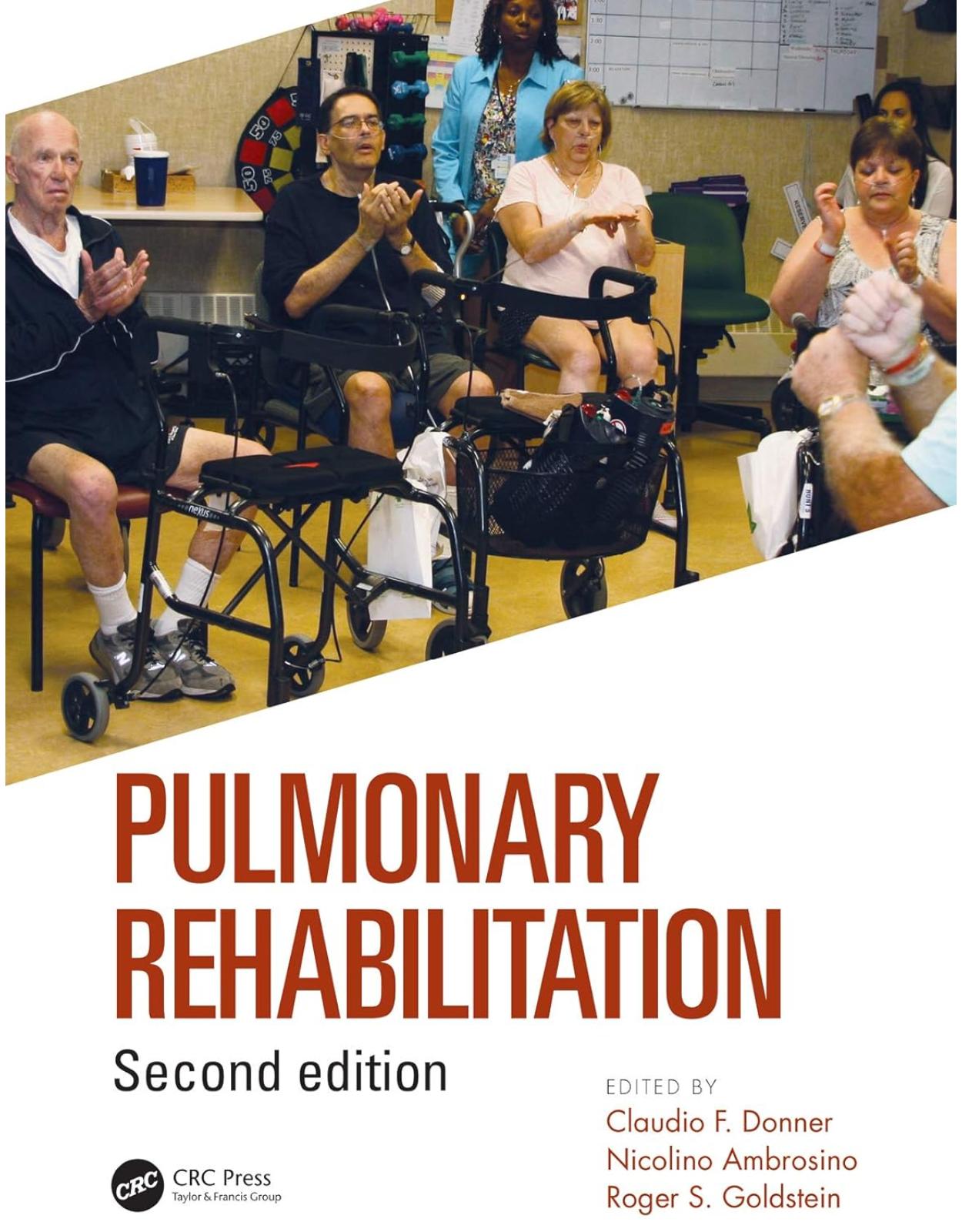

Clientii ebookshop.ro nu au adaugat inca opinii pentru acest produs. Fii primul care adauga o parere, folosind formularul de mai jos.